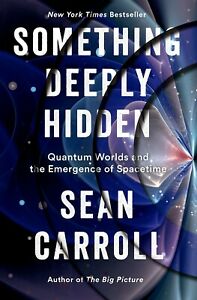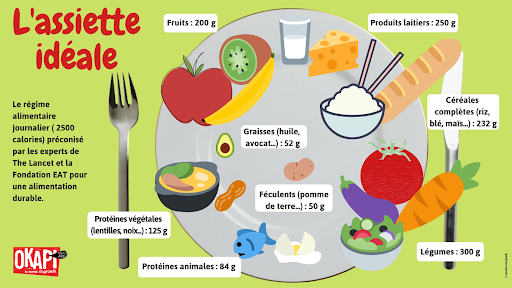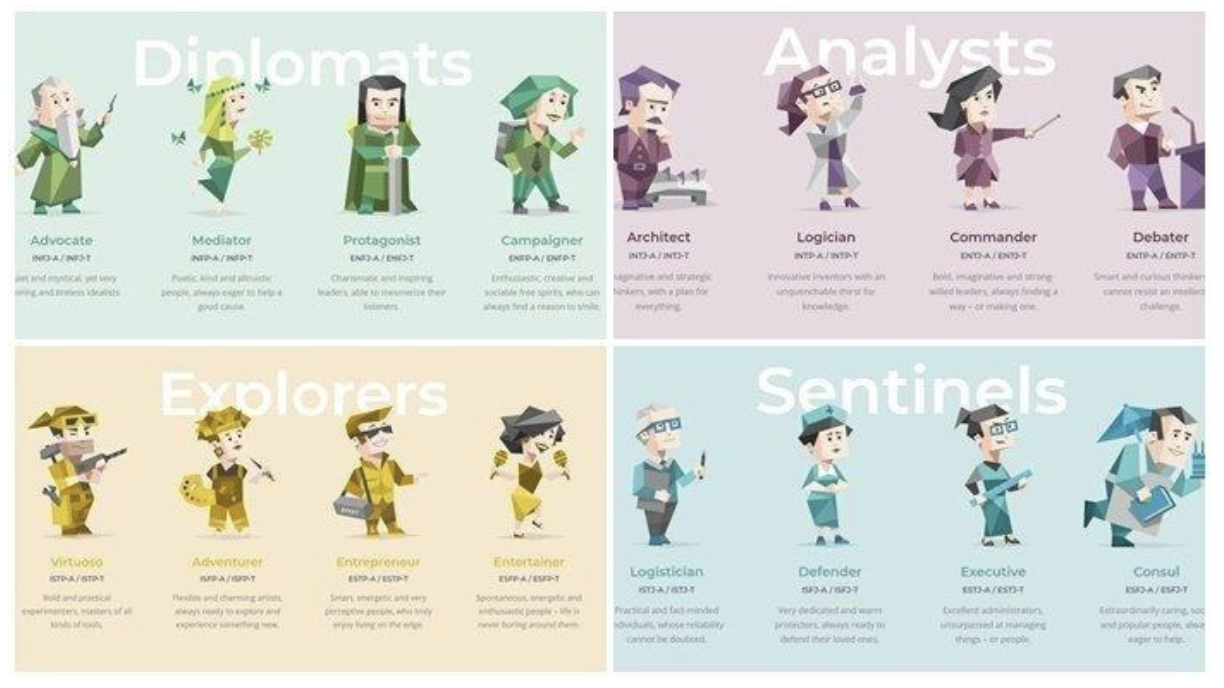By Qingyang Zhang, Y13
I recently reread my notes on Sean Carroll’s Something deeply hidden and gained further insight into the philosophy of physics and the relationship between fundamentality and reality.
The book begins by describing the development of quantum mechanics (QM). Carroll explains that the wave function (WF) is crucial in uniting particles and fields. Particles can have wave-like properties and waves can have particle-like properties; the wave function provides a mathematical framework for this wave-particle duality. The wave-function (phi: (x)) is an abstract mathematical function. Its square has physical meaning:
wave-function2 = probability of seeing the particle at a certain position x.
Using the WF, we can derive Schrodinger’s equation, a great mathematical tool that makes the quantum world predictable.
However, the greatness kind of ends there.
The physical implications of Schrodinger’s equation are messier. We need interpretations that take the abstract Schrodinger equation and ascertain its physical meaning. Take the example of an electron in a box. When a particle is not observed, it is described by a WF, but when we observe particles, their probability is concentrated in a small space, meaning that they behave like particles. An interpretation is that the WF collapses to a point upon measurement. This “wave-collapse theory” is the Copenhagen interpretation of quantum mechanics: its central concepts are the WF, measurement, and wave function collapse. However, it is hard to define a measurement. What counts as an observer inducing measurement? Does measurement require consciousness? This dilemma is called the measurement problem.
Carroll is a proponent of an alternate interpretation: the many-worlds interpretation (MWI). The fundamental concepts are the WF and entanglement; measurement or wave function collapse aren’t involved. “Measurement” is simply the observer entangled with their environment. The wave function evolves smoothly; there is no wave function collapse. The implication is that as the observer becomes entangled with the environment, the current universe splits into multiverses. Let’s return to our previous example of an electron in a box. When the observer (a photon microscope) checks the electron’s position, multiverses are created, each one returning a different position. All possibilities occur, so the WF survives, except in different universes.
Carroll thinks MWI is stronger because of its simplicity: there is no measurement problem. You might object that multiple worlds are not simple, but what Carroll means is that MWI only relies on two central concepts, entanglement and WF. As long as we are willing to accept multiverses, we avoid the complications of the measurement problem. This approach of assigning validity based on simplicity is called Occam’s razor. However, if two theories yield the same predictions, is the simpler theory always correct? Can we use common sense – our preference for simplicity and beauty – for a theory like QM? (For more information about the interpretations of QM, including MWI, click here.)
Some might argue that interpreting the physical meaning of Schrodinger’s equation is not meaningful enough to deserve its own book, but I disagree. Through reading this book, I realised that making physical sense of the maths is integral to physics.
One of the reasons I love physics is because of the mix of abstract maths and “real” physics. This leads to an important question about the relationship between theory and reality. There are universal quantities (e.g. wave-function, entropy, entanglement) crucial in the mathematical formulation of QM. Yet does this universality make them real? I don’t think so. These quantities simplify things, but they have no physical significance.
Carroll wants to rely on these non-real quantities to derive the theory of quantum gravity, which hints that our physical experience is a derivative of a fundamental mathematical reality. After introducing MWI and assessing its strengths and weaknesses, he suggests how MWI may provide a framework to derive a theory of quantum gravity, uniting general relativity, GR, (a theory of gravity) and QM (a theory of the small). Carroll thinks that we should “fieldise” QM, in other words: make QM GR-like. Carroll also posits that we should take wave-function to be fundamental and define elements of GR, space and geometry, in terms of elements of QM, entropy and entanglement. It seems more intuitive to quantise GR because elements of GR are geometric – more real. If we succeed in defining physical space-time in terms of non-real quantities such as entanglement and entropy, it suggests that our physical experience of geometric space-time is subservient to a deeper mathematical world. An alternate implication is that the abstract quantities of entanglement and entropy are nothing but useful tools.
I don’t think the two implications contradict each other. Realness and fundamentality differ. In our subjective experience, we think physical objects (trees, table, chair) are fundamental, but they are only real in the physical sense. They might not be fundamental, even though they seem so in our subjective experience.
In fact, there seems to be a pattern that as a theory becomes more accurate and powerful, its fundamental quantities become less real. For example, GR is a better model than Newtonian mechanics. Newtonian mechanics’ fundamental quantities are rigid space and time, whereas GR’s fundamental quantity is space-time, a concept that is less intuitive. It seems that a departure from experience is inevitable in the quest for fundamentality. I would recommend Something deeply hidden to people interested in physics and the philosophy of physics, as it has quite a narrow focus. If you are interested in the philosophical questions about reality raised by QM, click here for Jim Baggott’s talk. By learning about interpretations of QM, I gained insight into their importance as well as the difference between fundamentality and realness, and confirmed my passion for physics. Physics is a subject of unsolved mysteries, where many more questions are raised than answered.



